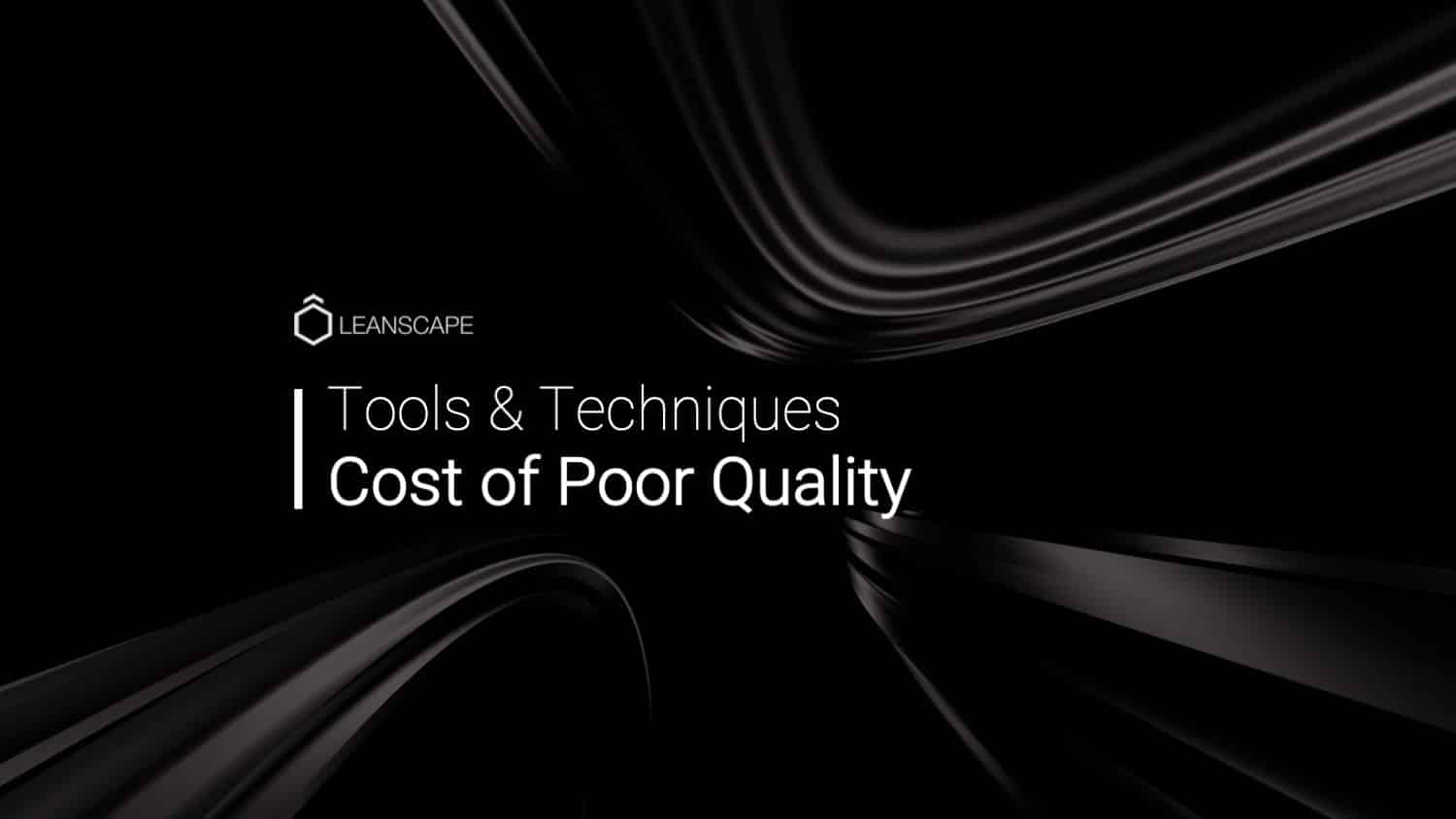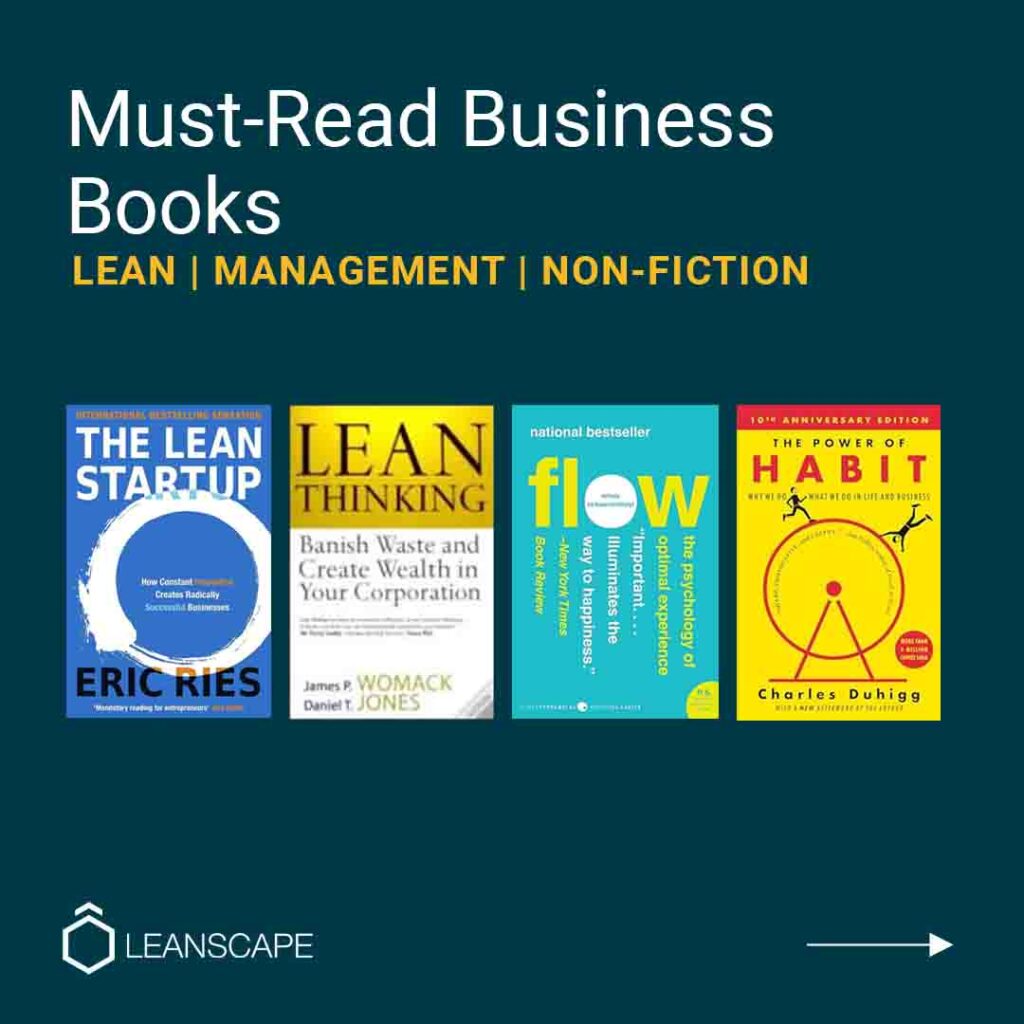In today’s business world, the cost of poor quality is more important than ever. With businesses operating in an increasingly global marketplace, the consequences of sub-par products or services can be devastating. Not only can poor quality lead to lost sales and revenue, but it can also damage a company’s reputation—sometimes irreparably. In this blog post, we’ll explore the topic of the cost of poor quality in more depth and discuss some strategies for combating it.
The Cost of Poor Quality Defined
So, what exactly is the “cost of poor quality?” Put simply, it is the negative financial impact that results from producing defective products or delivering inferior services. This can manifest in several ways, including (but not limited to):
- Increased costs associated with warranty claims and repairs
- Lost sales due to dissatisfied customers
- Decreased productivity due to errors and rework
Poor quality can have several negative impacts on a project:
1. increases in cost;
2. delays to the schedule;
3. frustration among team members; and
4. damage to the reputation of the organization.
In terms of cost, poor quality can cause significant increases in the overall budget for a project. This is because when things go wrong, there are often additional costs associated with rectifying the situation. For example, if a supplier delivers faulty components, you may have to pay for replacement parts and any resulting downtime while the issue is being fixed.
Additionally, if you constantly have to go back and fix errors, productivity will likely suffer, leading even further to cost increases.
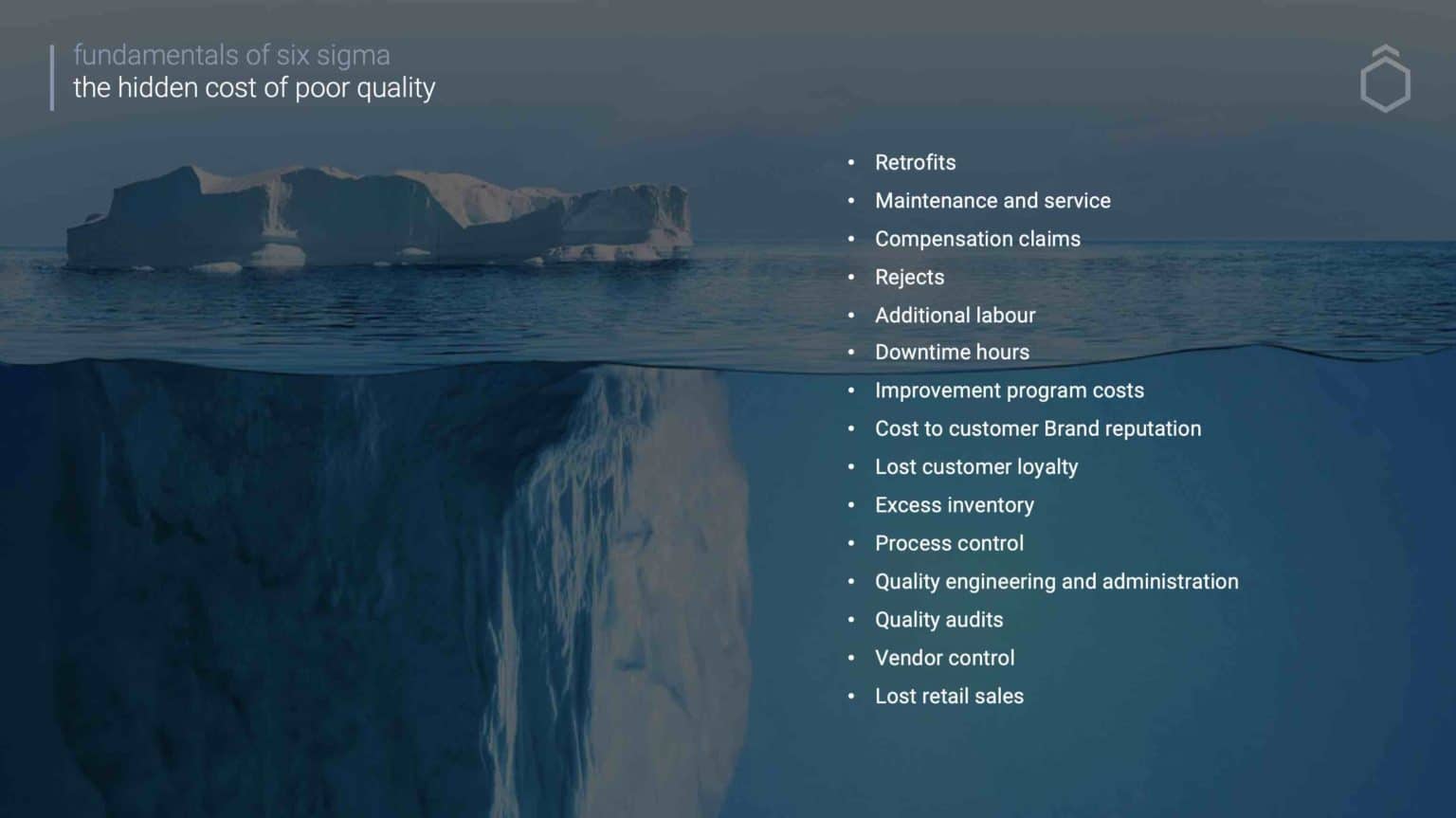
The cost of poor quality also extends beyond the direct financial impacts.
It can also lead to indirect impacts, such as damaged business relationships and a loss of customer confidence. In some cases, it can result in regulatory fines or legal action. Simply put, the cost of poor quality is high—and it’s something that all businesses need to take seriously.
Quality assurance efforts are critical to preventing defects and ensuring that products or services meet customer expectations. But what does a robust quality assurance program look like? That will depend on your specific industry and needs, but there are some common elements that all effective programs share. These include (but are not limited to):
A focus on continuous improvement: Constantly strive to identify and eliminate sources of defects. This might involve implementing new technologies or processes or changing the way employees are trained.
Thorough testing: Put products or services through their paces before releasing them to customers. This might include functional testing, usability testing, stress testing, etc.
Root cause analysis: When defects occur, take the time to determine why they happened so you can prevent them from happening again.
External Costs
The external costs of poor quality are the financial impacts that parties suffer outside of the company. These can include customers, suppliers, and other stakeholders.
One of the most apparent external costs is loss of sales. If a company produces defective products or delivers poor services, customers will undoubtedly take their business elsewhere. This can result in significant financial losses, not only for the company itself but also for its suppliers and other stakeholders.
Another high external cost is the cost of warranty claims and repairs. When things go wrong, customers often need to contact the company to get them fixed. This can be costly for the company in terms of manpower and resources. It can also damage customer relationships, as many people view warranty claims as a sign of poor quality.
A third external cost is decreased productivity. This can happen when employees have to spend time fixing errors or dealing with defective products. Not only does this lead to lost time and money, but it can also lead to frustration among team members. This can hurt morale and motivation, which can ultimately affect overall productivity.
Finally, the cost of poor quality can also lead to regulatory fines or legal action. If a company is found to violate government regulations or civil law, it may have to pay hefty fines or face legal proceedings. This can be costly financially and emotionally, not to mention the reputational damage it can cause.

Internal Costs
The internal costs of poor quality are the financial impacts suffered by parties within the company. These impacts can include employees, management, shareholders, and others associated with the organization.
One of the most apparent internal costs is increased expenses. This happens when a company has to spend more money than planned fixing defects or dealing with dissatisfied customers. Often, this leads to budget overruns and negatively impacts the bottom line.
Another internal cost is decreased profits. When quality suffers, it’s often accompanied by decreased production and sales. This leads to a decline in revenue and reduced profits for the company. In some cases, companies may even experience losses due to poor quality.
Management may also face negative consequences such as job loss, or decreased bonuses/pay raises if the company experiences financial hardship due to poor-quality products or services. Shareholders may also see their investments decrease in value if it becomes apparent that the company is not performing well from
Rather than investing money, time, and effort into fixing the Cost of Poor Quality issues. Companies are encouraged to spend more time on the Cost of Good Quality, such as Preventative and Appraisal methods.
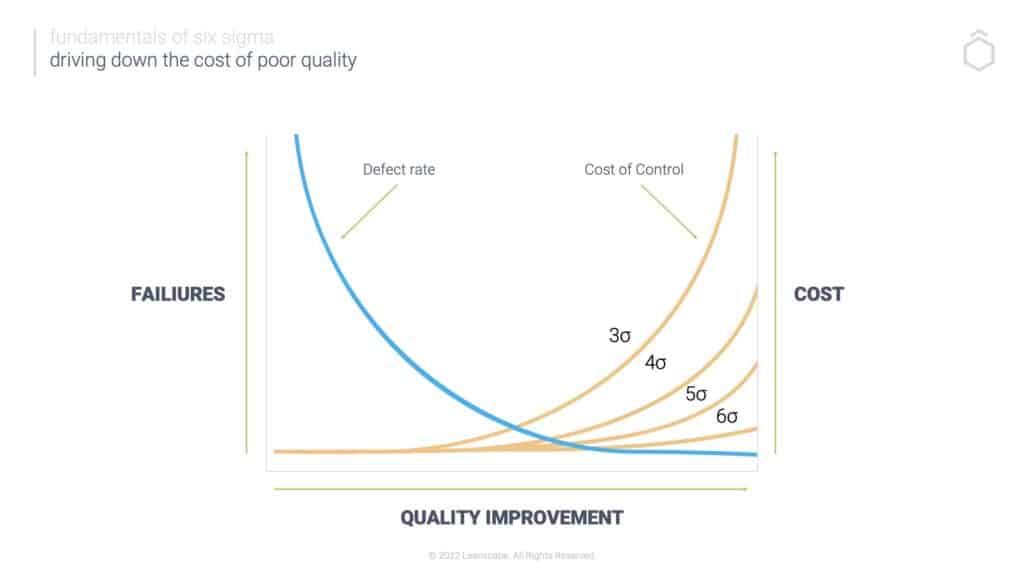
Cost of Good Quality: Preventative and Appraisal Costs
Preventive costs would be incurred to keep the Cost of Poor Quality from happening in the first place. The idea behind preventive actions is to keep defects from occurring in the first place, rather than trying to fix them after they’ve already occurred. Some examples of preventive actions include
Design reviews: Examine blueprints, schematics, and other design documents to identify potential problems before they happen.
Process audits: Inspect the manufacturing process to identify areas where defects are likely to occur.
Supplier audits: Review the quality management practices of suppliers to ensure that they meet your standards.
Appraisal costs would be incurred to determine the Cost of Poor Quality after it has occurred. Appraisal activities aim to identify defects early so they can be fixed before they cause major problems. Some examples of appraisal activities include
Inspection: Physically examine products or services for defects.
Testing: Use various tests to determine whether products or services meet quality standards.
Reviews: Examine documents and records related to products or services to identify potential problems.
The goal of both preventive and appraisal actions is to reduce the Cost of Poor Quality, but they differ in how they accomplish this. Preventive actions aim to keep defects from happening in the first place, while appraisal actions aim to identify defects early so they can be fixed before they cause major problems.
Which strategy is best for your company will depend on many factors, but preventive and appraisal actions can help reduce the cost of poor quality.
Conclusion:
The cost of poor quality is always higher than you think—and often much higher than you can afford. By improving your organization’s quality assurance efforts, you can protect your bottom line and ensure that your products or services meet (or exceed) customer expectations. Doing so will require a commitment to continuous improvement and an investment in thorough testing, but the payoff will be more than worth it. Thanks for reading!
To learn more about how the Cost of Poor Quality can be used to drive continuous improvement, check out our Lean Six Sigma Green Belt Course.

